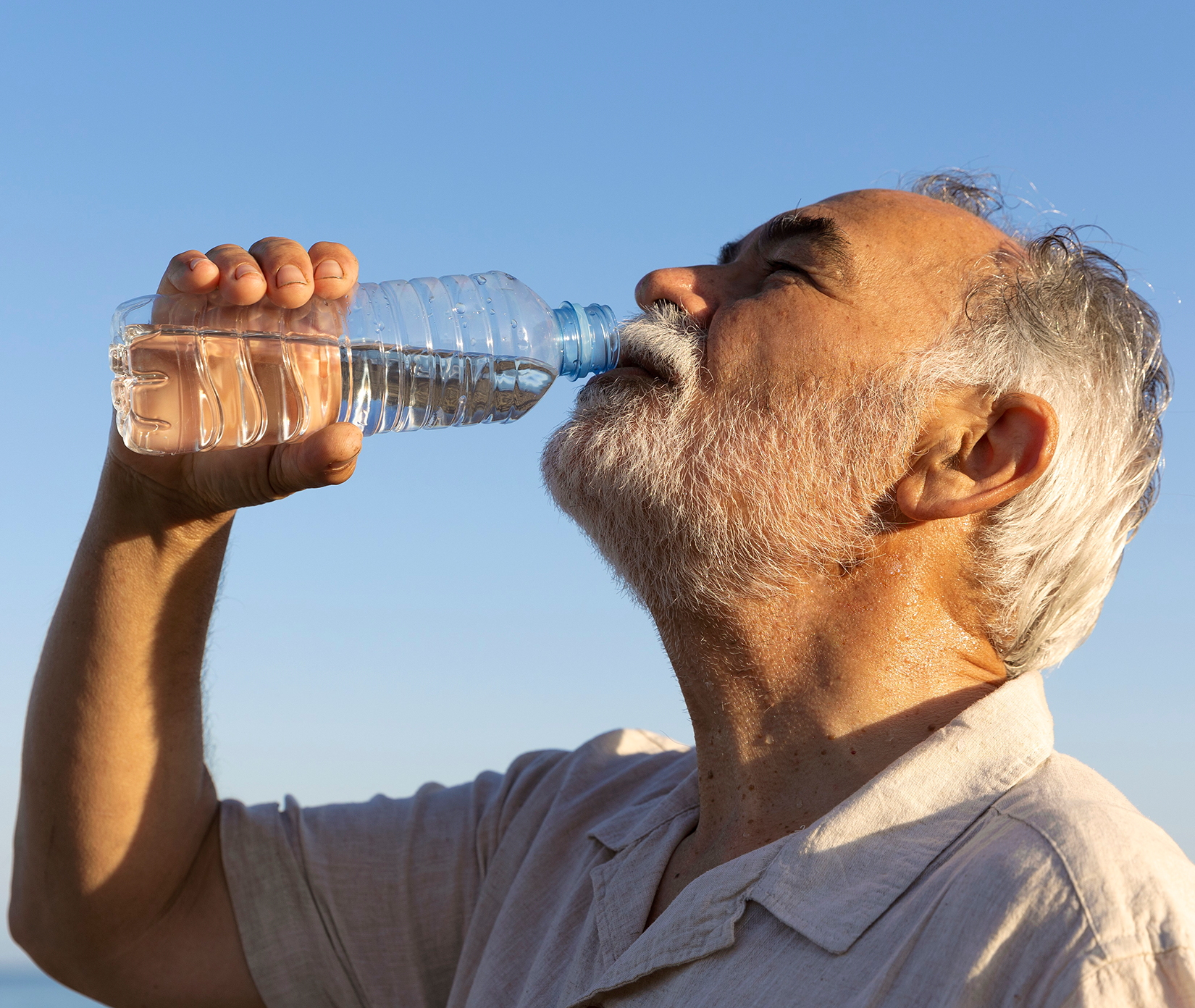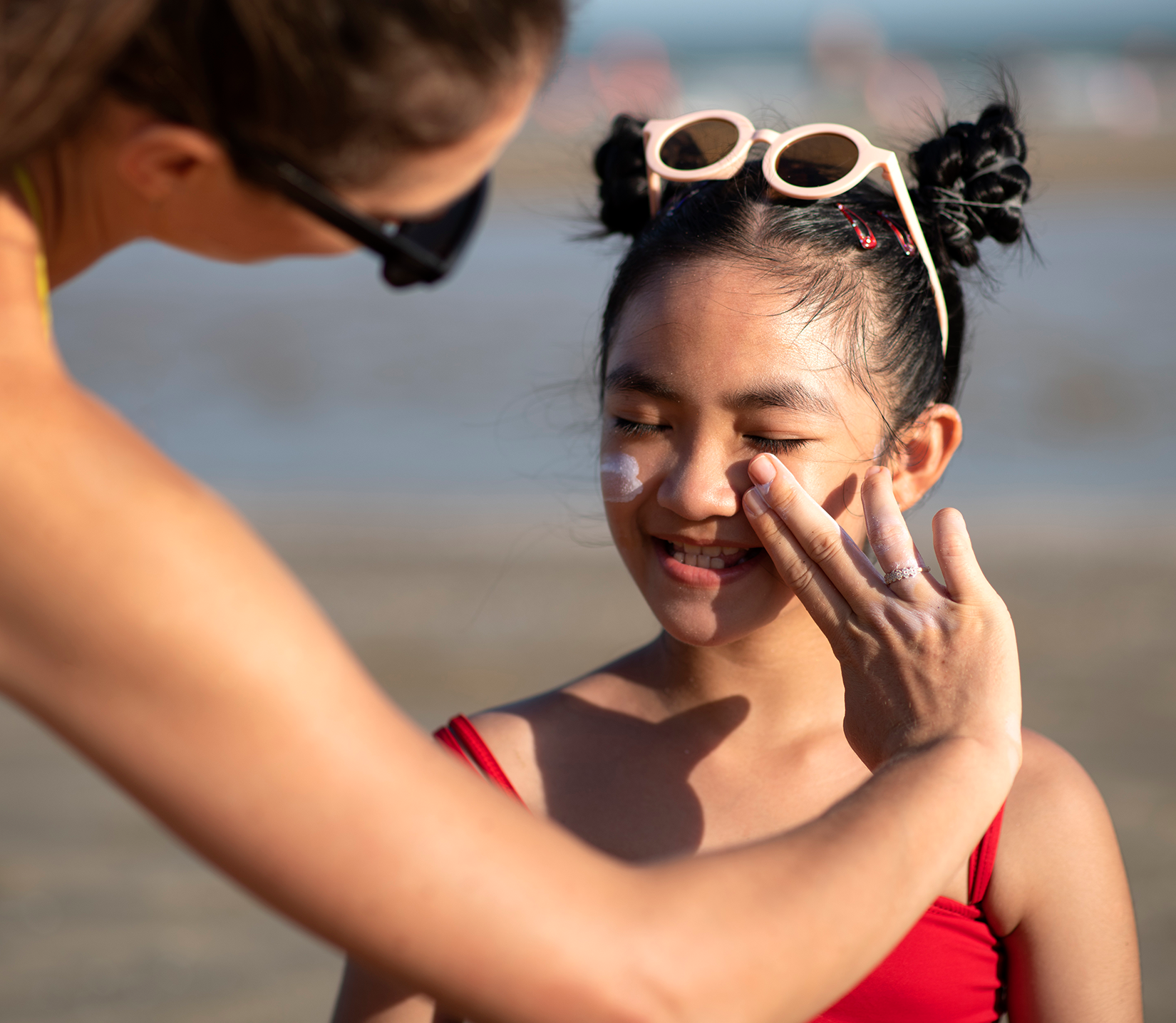The Younger Face of Cancer
The disease is striking young and middle-aged adults and women more frequently.
“Early-onset” cancers, diagnosed in adults between the age of 18 and 49, are occurring more frequently than ever.
Supplemental Health Insurance to Help Bridge Coverage Gaps
Explore Accident, Critical Illness, and Hospital Indemnity plans.
A recent report from the American Cancer Society revealed that while cancer deaths are falling, new cases are ticking upwards—from 1.9 million in 2022 to over 2 million in 2023.1 More of those new cases now involve younger people.
The ACS report also showed continued increases in common cancers in young adults, including breast, prostate, and endometrial, as well as colorectal and cervical cancers.3 Doctors and researchers don’t yet know why early-onset cancers are on the rise. Genetics play a significant role, but according to experts, being proactive can help mitigate your risk:
- Know Your Family History. It’s a key factor in early diagnosis. Because younger adults don’t always meet the recommended age for routine screenings, it’s important to share any family history that could trigger screening prior to the recommended age. Family history can also prompt genetic testing to discern whether a person is predisposed to developing certain types of cancer.3
- Prioritize exercise, nutrition, and sleep. Excess weight stimulates the production and circulation of estrogen and insulin, two hormones that can encourage cancer growth.4 Being physically active and maintaining a healthy diet can help combat obesity, which raises the odds of cancer, especially breast cancer in women over age 50.5 Plant-based foods and fiber can lower your cancer risk, as can limiting red meat and processed foods. Emerging research suggests that maintaining regular sleep patterns may also reduce cancer risk.6
- Limit nicotine and alcohol consumption. Nicotine use remains the leading preventable cause of cancer. Alcohol consumption is the third leading cause of preventable cancer, after nicotine and obesity. According to a recent Surgeon General’s report, alcohol directly contributes to 100,000 cancer cases and 20,000 related deaths each year. The report states that one out of every six breast cancer cases is attributable to alcohol consumption, which accounts for more cases than obesity.7
Despite a healthy lifestyle, cancer can strike at any age, and it can be costly. In addition to taking steps to maintain your physical health, you can also plan ahead for your financial health in the event of a cancer diagnosis. Critical Illness insurance provides benefits if you are diagnosed with cancer or suffer a medical event like a heart attack or stroke. It pays cash benefits that can be used however you’d like. Critical Illness Insurance can help relieve financial stress at a time when you most need it, so you can focus on getting better. Learn more.
1”Cancer Facts and Figures 2025,” American Cancer Society, cancer.org, January 2025.
2“Cancer Incidence Rate for Women Under 50 Rises Above Men’s,” American Cancer Society, Cancer.org, January 2025.
3“What to Know About Rising Rates of ‘Early-Onset’ Cancer,” Yale Medicine, yalemedicine.org, August 2024.
4“6 simple eating and exercise tips that can reduce your cancer risk,” UC Davis Health, health.ucdavis.edu, October 2022.
5,6“Cancer’s New Face: Younger and Female,” newyorktimes.com, January 2025.
7“Surgeon General Calls for Cancer Warnings on Alcohol,” New York Times, newyorktimes.com, January 2025.
Group Insurance coverage is issued by The Prudential Insurance Company of America, a Prudential Financial company, Newark, NJ.
1085062-00001-00


